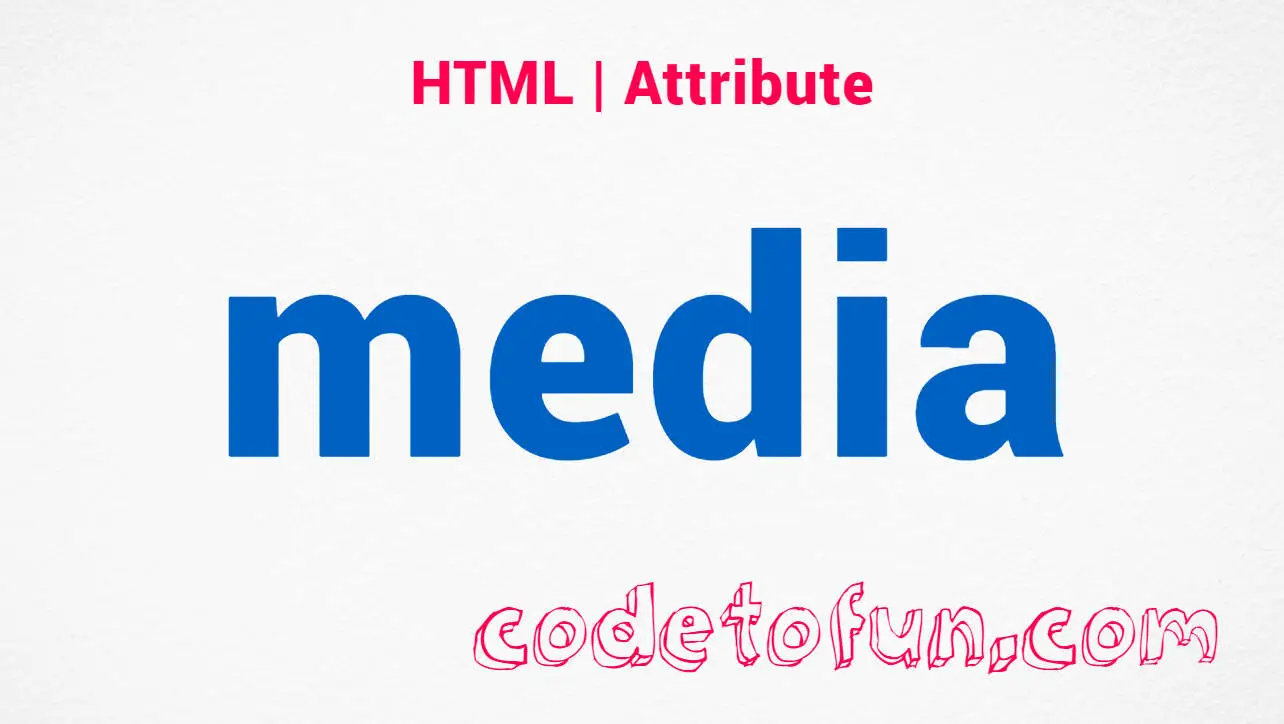
HTML Basic
HTML Reference
- HTML Tags
- HTML Deprecated Tags
- HTML Events
- HTML Attributes
- accept
- accept-charset
- accesskey
- action
- align
- alt
- as
- async
- autocomplete
- autofocus
- autoplay
- bgcolor
- border
- charset
- checked
- cite
- class
- color
- cols
- colspan
- content
- contenteditable
- controls
- coords
- data
- data-*
- datetime
- default
- defer
- dir
- dirname
- disabled
- download
- draggable
- enctype
- enterkeyhint
- for
- form
- formaction
- headers
- height
- hidden
- high
- href
- hreflang
- http-equiv
- id
- inert
- inputmode
- ismap
- kind
- label
- lang
- list
- loop
- low
- max
- maxlength
- media
- method
- min
- multiple
- muted
- name
- novalidate
- onabort
- onafterprint
- onbeforeprint
- onbeforeunload
- onblur
- oncanplay
- oncanplaythrough
- onchange
- onclick
- oncontextmenu
- oncopy
- oncuechange
- oncut
- ondblclick
- ondrag
- ondragend
- ondragenter
- ondragleave
- ondragover
- ondragstart
- ondrop
- ondurationchange
- onemptied
- onended
- onerror
- onfocus
- onhashchange
- oninput
- oninvalid
- onkeydown
- onkeypress
- onkeyup
- onload
- onloadeddata
- onloadedmetadata
- onloadstart
- onmousedown
- onmousemove
- onmouseout
- onmouseover
- onmouseup
- onmousewheel
- onoffline
- ononline
- onpagehide
- onpageshow
- onpaste
- onpause
- onplay
- onplaying
- onpopstate
- onprogress
- onratechange
- onreset
- onresize
- onscroll
- onsearch
- onseeked
- onseeking
- onselect
- onstalled
- onstorage
- onsubmit
- onsuspend
- ontimeupdate
- ontoggle
- onunload
- onvolumechange
- onwaiting
- onwheel
- open
- optimum
- pattern
- placeholder
- popover
- popovertarget
- popovertargetaction
- poster
- preload
- readonly
- rel
- required
- reversed
- rows
- rowspan
- sandbox
- scope
- selected
- shape
- size
- sizes
- span
- spellcheck
- src
- srcdoc
- srclang
- srcset
- start
- step
- style
- tabindex
- target
- title
- translate
- type
- usemap
- value
- width
- wrap
- HTML Global Attributes
- HTML Status Code
- HTML Language Code
- HTML Country Code
- HTML Charset
- MIME Types
HTML media Attribute

Photo Credit to CodeToFun
🙋 Introduction
The media attribute in HTML is a versatile feature that allows developers to specify the media type for which a particular stylesheet is intended.
This attribute is primarily used in link elements within the <head> section of an HTML document.
By utilizing the media attribute, you can control the presentation of your web content across different devices and screen sizes.
🎯 Purpose of media
The primary purpose of the media attribute is to define the conditions under which a linked stylesheet should be applied.
This can include specifying different stylesheets for print, screen, handheld devices, or other media types.
By doing so, you can optimize the display of your web pages based on the characteristics of the user's device.
💎 Values
The media attribute accepts various values to target different media types. Some common values include:
- all: Apply to All Media Types
all.htmlCopied
<link rel="stylesheet" type="text/css" href="styles.css" media="all">This is the default value, indicating that the stylesheet should be applied to all media types.
- screen: Apply to Screens (Desktops, Laptops, Tablets, and Smartphones)
screen.htmlCopied
<link rel="stylesheet" type="text/css" href="screen-styles.css" media="screen">This stylesheet is specifically designed for screens, optimizing the layout for various devices.
- print: Apply When the Document is Printed
print.htmlCopied
<link rel="stylesheet" type="text/css" href="print-styles.css" media="print">This stylesheet is applied when the document is printed, ensuring a print-friendly layout.
- speech: Apply for Screen Readers or Other Devices That Read Aloud
speech.htmlCopied
<link rel="stylesheet" type="text/css" href="speech-styles.css" media="speech">Designed for accessibility, this stylesheet is applied when the content is read aloud by screen readers.
- Custom media queries: Define Specific Conditions
custom-media-queries.htmlCopied
<link rel="stylesheet" type="text/css" href="custom-styles.css" media="(min-width: 768px)">Use custom media queries to apply styles based on specific conditions, such as a minimum screen width of 768 pixels.
📄 Example
Here's an example of how the media attribute is used in a link element to apply different stylesheets based on the media type:
<!DOCTYPE html>
<html lang="en">
<head>
<link rel="stylesheet" type="text/css" href="styles.css" media="screen">
<link rel="stylesheet" type="text/css" href="print.css" media="print">
</head>
<body>
<!-- Your HTML content goes here -->
</body>
</html>🧠 How it Works
In this example, the first stylesheet (styles.css) is applied when the document is viewed on a screen, while the second stylesheet (print.css) is applied when the document is printed.
🔄 Dynamic Values with JavaScript
You can dynamically manipulate the media attribute using JavaScript to adapt to user interactions or specific conditions. For instance:
<script>
// Dynamically change the media attribute for a link element
document.getElementById("dynamicStylesheet").media = "speech";
</script>🧠 How it Works
In this script, the media attribute for a link element with the id dynamicStylesheet is dynamically set to speech. This could be useful in scenarios where you want to adjust the styling for accessibility purposes or when interacting with screen readers.
🏆 Best Practices
- Utilize the
mediaattribute to create responsive designs that cater to different devices and media types. - Test your stylesheets across various devices and media types to ensure a consistent user experience.
- Consider using media queries in conjunction with the
mediaattribute for more fine-grained control over styles based on device characteristics.
🎉 Conclusion
The media attribute is a valuable tool in HTML for tailoring stylesheets to different media types, allowing developers to create a more adaptable and user-friendly web experience.
👨💻 Join our Community:
Author

For over eight years, I worked as a full-stack web developer. Now, I have chosen my profession as a full-time blogger at codetofun.com.
Buy me a coffee to make codetofun.com free for everyone.
Buy me a Coffee












If you have any doubts regarding this article (HTML media Attribute), please comment here. I will help you immediately.